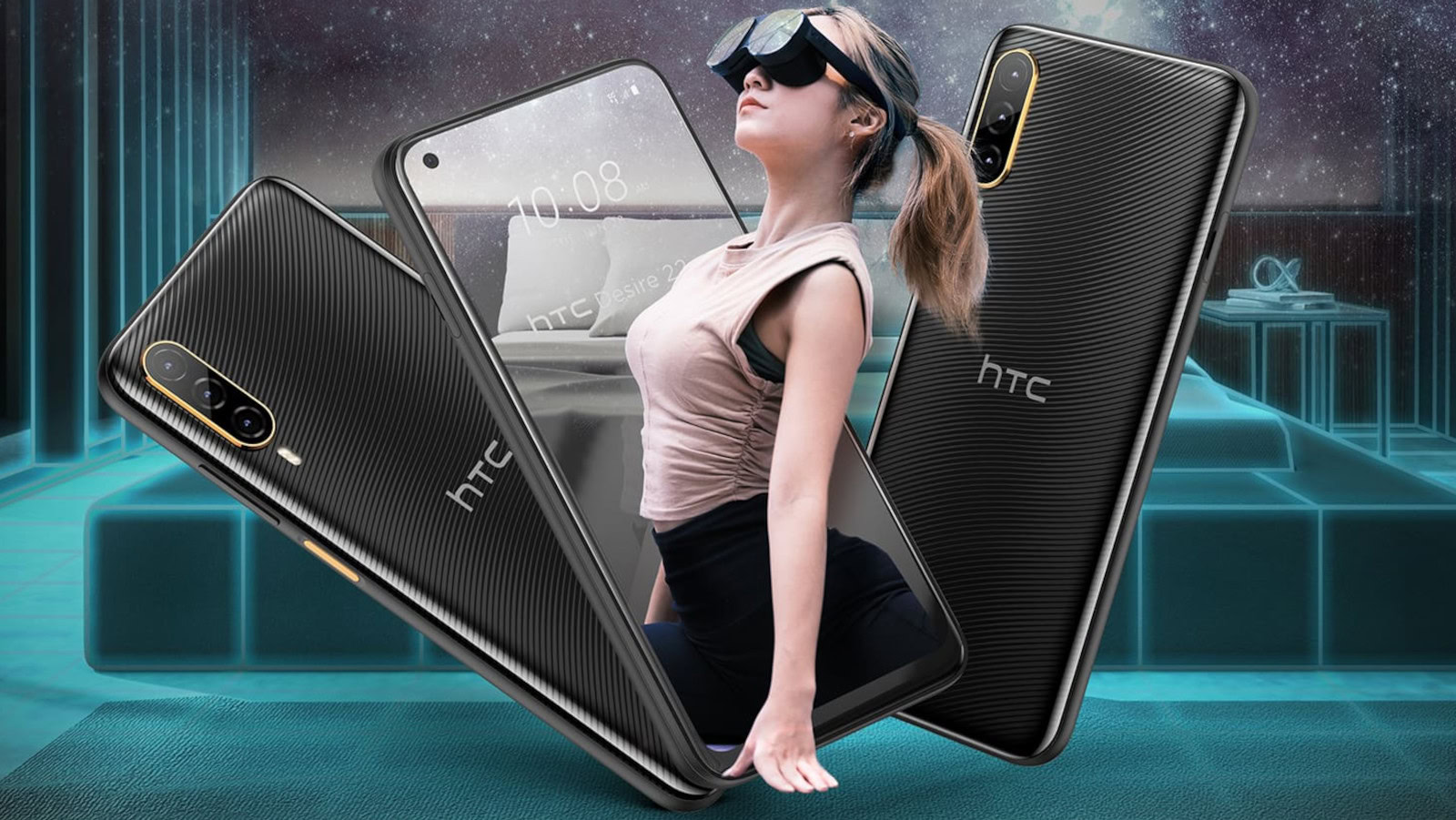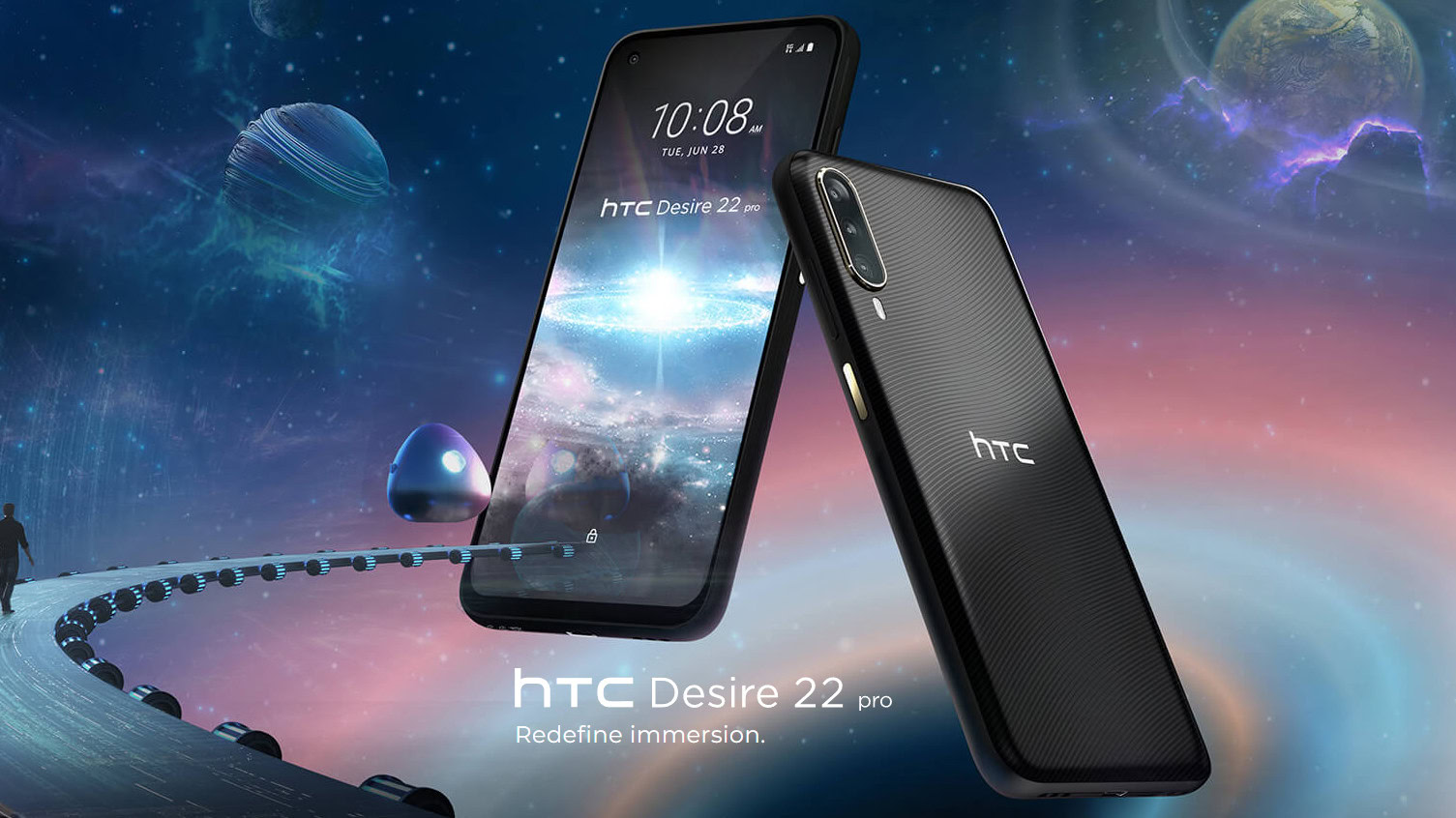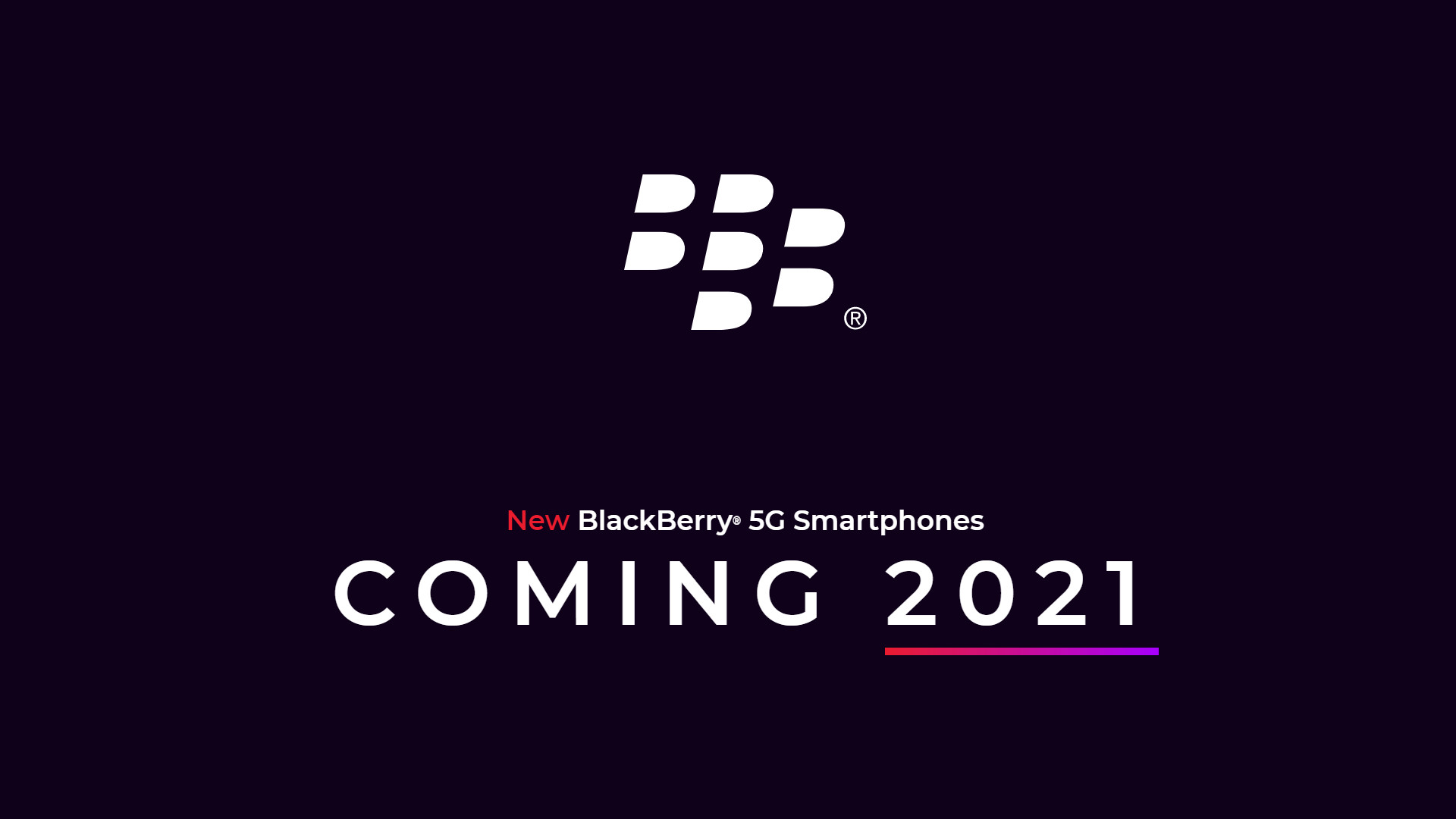Affiliate links on Android Authority may earn us a commission. Learn more.
The biggest smartphone fails of 2022
2022 wasn’t the most exciting year for smartphones by any stretch, but it was certainly far from a bad one. We got some refined upgrades (e.g. Pixel 7 series and Samsung foldables), standout mid-rangers (Nothing Phone 1, POCO F4, Pixel 6a), and a few innovative wares (Sony Xperia 1 IV, Xiaomi 12S Ultra).
However, smartphone brands had more than a few missteps in 2022, to put it mildly. Whether it was a bad phone, questionable software decisions, or a poor product strategy, these were the most notable smartphone fails of the year.
Samsung’s GOS drama
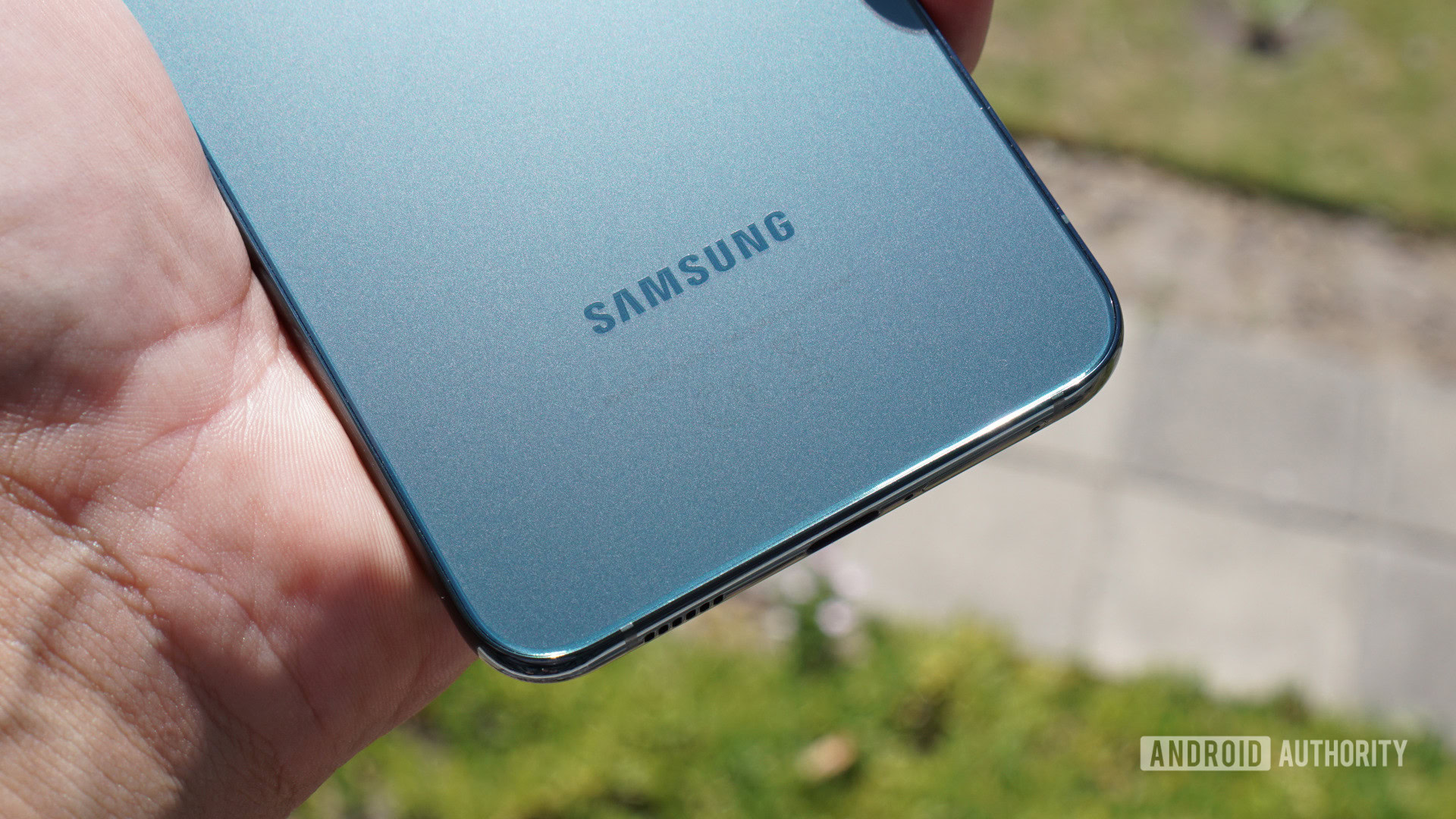
The Galaxy S22 series comes highly recommended thanks to a selection of refinements. These include a new main camera and proper tele lens for the S22 and Plus, an S Pen slot for the S22 Ultra, and fantastic software support.
Unfortunately, it turned out that Samsung was throttling the performance of many games via its Game Optimizing Service (GOS) software suite, citing heating concerns. Making matters worse was the fact that benchmark apps weren’t throttled as part of this suite.
The Korean market, in particular, pushed back against Samsung’s throttling practice, eventually forcing the company to implement a “performance priority” mode that reduced GOS-induced throttling. It wasn’t a great start to the year for Samsung.
Our thoughts: Samsung Galaxy S22 review | Samsung Galaxy S22 Plus review | Samsung Galaxy S22 Ultra review
Speaking of throttling…
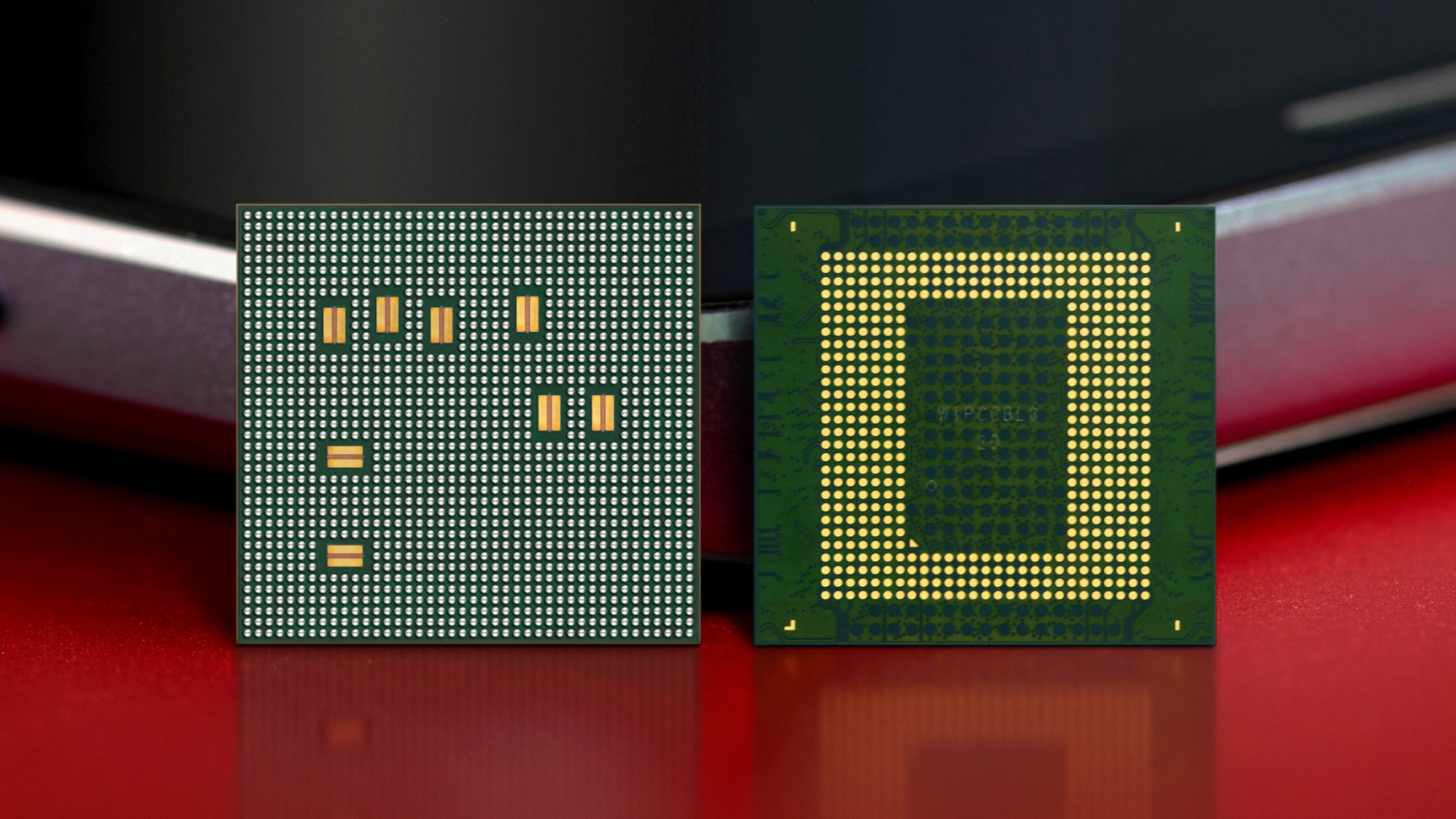
The Snapdragon 8 Gen 1 is up there with the Exynos 2200 as probably the biggest disappointment of the year as far as chipsets go. Things looked good on paper, delivering a powerful octa-core CPU, a beefy GPU, and improved AI/ISP chops.
In practice, though? The Snapdragon 8 Gen 1 suffered from throttling issues in a big way. Our own testing showed that the Snapdragon S22 Ultra lost roughly 50% of its performance in stress testing compared to the Exynos variant’s 35%. This is a concerning drop for mobile gamers in particular. It also says a lot that the Pixel 7’s Tensor G2, which lags behind the Snapdragon chip in classic benchmarks, was able to offer better sustained performance than some Snapdragon 8 Gen 1 phones.
Related: Samsung Galaxy S22 benchmarked — Exynos 2200 versus Snapdragon 8 Gen 1
Was it due to Samsung’s 4nm manufacturing process not being up to scratch? Well, Qualcomm switched to TSMC for the Snapdragon 8 Plus Gen 1 and coincidentally boasted huge efficiency and performance gains. In fact, our own stress testing showed that the Snapdragon 8 Plus Gen 1 lost less than 10% of its performance, a major improvement over the earlier version.
HTC’s metaverse malarkey
After backing out of the flagship market, HTChas released barely a handful of budget wares in a few locales over the past few years. So it was a surprise to see the Taiwanese brand teasing a “metaverse phone” back in June.
As hackneyed as the “metaverse” branding was, it gave us hope that HTCwould be returning to the high-end space. Unfortunately, it turned out that the teaser was merely the budget-tier Desire 22 Pro.
HTC’s metaverse claim partially hinged on pairing the Desire 22 Pro with its Vive Flow VR headset, but you could already do this with mid-range OnePlus and Samsung phones. So it was no more of a metaverse phone (ugh) than other handsets. Otherwise, the phone offered a pedestrian Snapdragon 695 processor, 4,520mAh battery, and 18W wired charging for the £399 asking price. An IP67 rating and wireless charging support were the only real positives on paper.
Pixel 6 faces connectivity woes
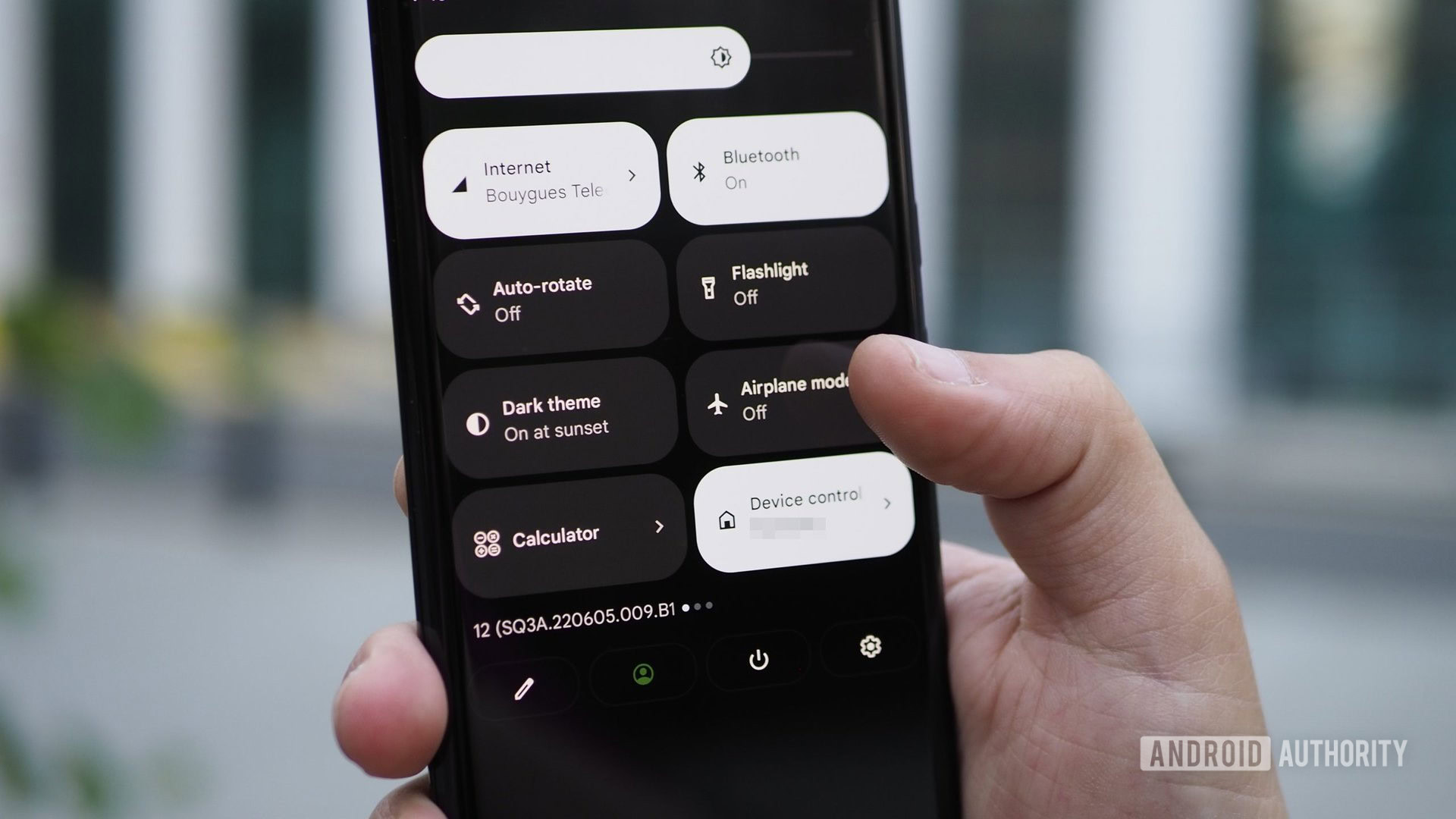
This technically affected a 2021 smartphone series, but the issue gained traction after users and outlets covered it in 2022. Yes, many Google Pixel 6 series owners reported major wireless connectivity challenges.
More specifically, Pixel 6 owners found that their phones had much weaker cellular reception than rival handsets. This wasn’t the only issue, as some also found that their devices struggled to switch between cellular and Wi-Fi (e.g. when leaving the house). The issues forced users to enter and exit airplane mode to regain connectivity.
This problem didn’t affect everyone, but it certainly affected enough people to be a major failure on Google’s part. In fact, our own poll from July 2022 showed that three-quarters of Pixel 6-toting readers suffered from connectivity problems in some capacity.
BlackBerry 5G phones
TCL’s deal to produce BlackBerry-branded smartphones expired in 2020, but security company Onward Mobility announced that same year that it would offer BlackBerry-branded 5G phones in 2021.
The pitch was simple but pretty vague, it promised modern 5G phones that were “highly secure” and with “end-to-end security solutions.” At least one of the phones would’ve had a physical keyboard too.
Related: We should stop trying to revive dead smartphone brands
Unfortunately, the release date slipped to 2022 and it eventually emerged that Onward Mobility lost the BlackBerry name. It then decided to cancel the phones altogether once it lost the naming rights. Maybe it’s a sign that the brand should just stay dead in the smartphone space, although polled readers really do want a BlackBerry revival.
ASUS and Sony’s weak pledges
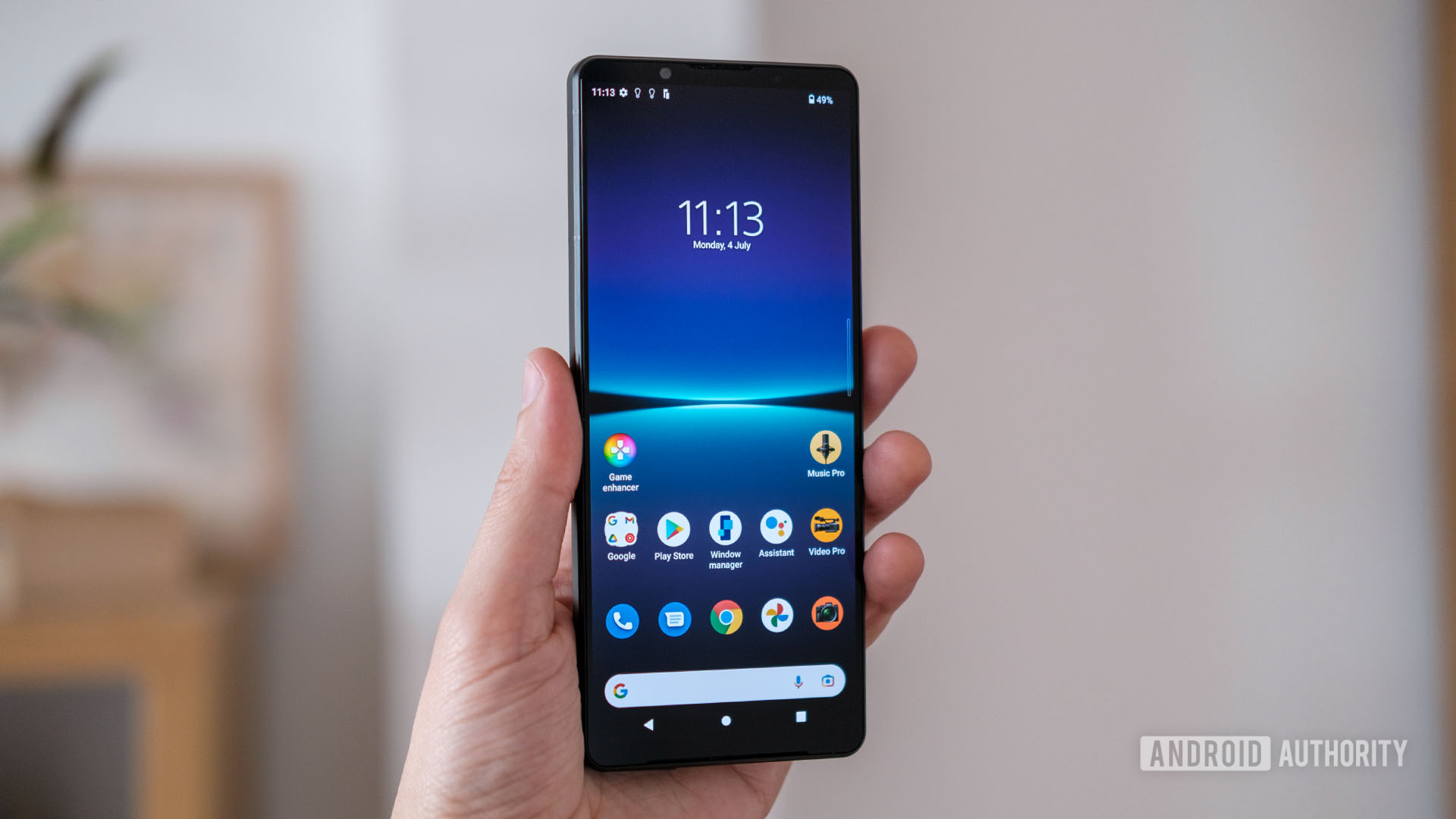
We’re finally at a point where most, but certainly not all, Android smartphone brands offer a more reasonable software update pledge for their flagship phones. For example, Samsung offers a mammoth four OS updates and five years of security patches. Meanwhile, Google offers three OS updates and five years of security updates. Unfortunately, ASUS and Sony haven’t stepped up by any measure.
ASUS offers just two OS updates and “at least” two years of security patches for the Zenfone 9 and ROG Phone 6 series. Meanwhile, Sony’s 2022 Xperia flagships are slated to receive two OS updates as well, along with three years of security updates. It’s especially disappointing for the Xperia 1 IV in light of its $1,599 launch price. You can totally spend half the money and get a Google or Samsung phone with a much better update pledge.
These aren’t the only two brands with questionable policies, though. Outside of the US, HONOR’s recent Magic 4 Pro flagship promises “at least” two years of support. On the other hand, vivo seemingly offers an OK 3-year policy but only for “select models” in the vivo X series.
While there weren’t any truly disastrous entries this year, it’s still disappointing to see overheating chipsets, poor update policies, and long-term bugs continue to make these lists. Let us know if there’s anything else you would add to 2022’s list of smartphone fails.
